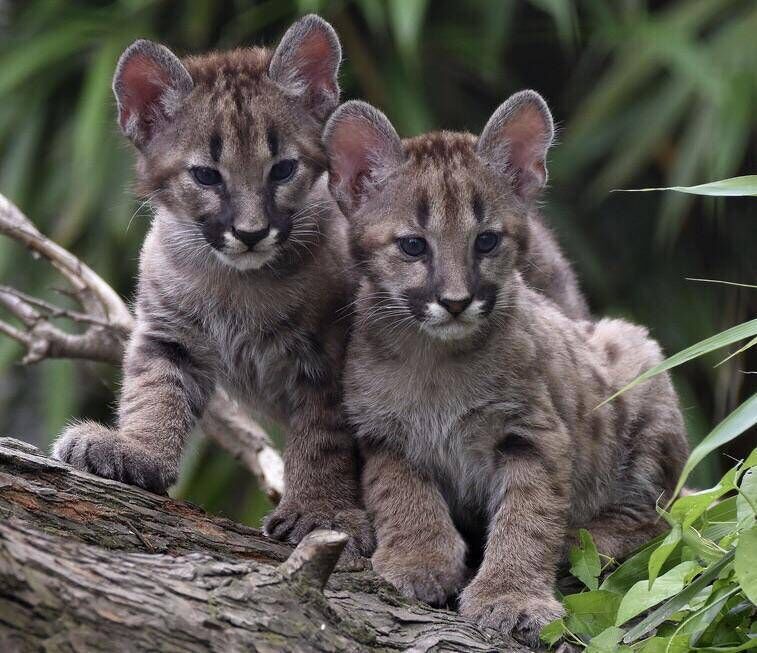Richard Collins: Mountain lions trapped by California highways

Richard Collins: Natural disasters like fire are not the main threat to California's mountain lions - it's major, multi-lane highways.
Cats are in the news. Since May 13, mountain-lion cubs have been born to five mothers in California’s Santa Monica Mountains, the largest number of births recorded since studies of this small, highly endangered population began 18 years ago.
A huge forest fire destroyed much of the habitat in 2018, but natural disasters are not the main threat to the cats; these secretive animals face creeping human encroachment. As the area was ‘developed’, they were hemmed in between highways, including the notorious multi-lane Route 101.
Mountain lions, also known as cougars, are among the wild creatures killed running the gauntlet of vehicles.
Imprisoned by motorways, the cougars can’t meet and mate with those outside their area. They have no option but to breed with close relatives, leading to consanguinity. That a ‘genetic bottleneck’ has developed became evident last March, when a young male was captured by researchers to have a neck-collar fitted.
The animal, known as P81, had only one descended testicle and its tail was kinked. According to , this was ‘the first documented physical manifestation of extremely low genetic diversity within an isolated population of less than two dozen mountain lions still roaming the rugged canyon-lands just north of Los Angeles’. Two more cougars with deformed tails were sighted recently.

In other cat news, the University of Copenhagen has just published interesting research results on leopards. The world’s most widely distributed big cat is threatened by people almost everywhere; its numbers have declined by 85% worldwide.
Rasmus Havmoeller, of the Danish Natural History Museum, set up 164 camera traps in the Udzungwa Mountains of Tanzania. This area of dense rainforest, Havmoeller remarks, is ‘impossible to reach by jeep’. He wore out ‘several pairs of good hiking boots’.
The leopards there have not been studied until now. They are so secretive that Havmoeller ‘never got to see one of the shy leopards with his own eyes’. Choosing such an inaccessible study location enabled their ‘natural’ behaviour, unaffected by human influences, to be studied.
The camera-traps, triggered by motion-sensors, recorded 4,297 ‘independent events’, involving spotted-hyenas, antelope, baboons, and cats.
Leopards, it was expected, would be most active at dusk, but this proved not to be the case: images of them were captured throughout day and night.
Females and males, Havmoeller found, have differing routines. ‘Females are typically active from early through late morning, and then a bit before sunset, while males only really wake up at night’. They seem to be inactive during the hours when their competitors, spotted hyenas, are most active.
Irish curlews come to mind; females have longer bills than males, ensuring that the sexes target creepy crawlies and worms at different depths in the mud and don’t ‘take the bit out of the other’s mouth’.
Female birds of prey, likewise, are larger than their mates. The average female sparrow-hawk, for example, tips the scales at around 264grams.
Her mate weighs about 144grams. She targets starling and thrush-sized birds. He concentrates on sparrow-sized ones. Does timeshare enable male and female leopards to exploit food resources more evenly?










